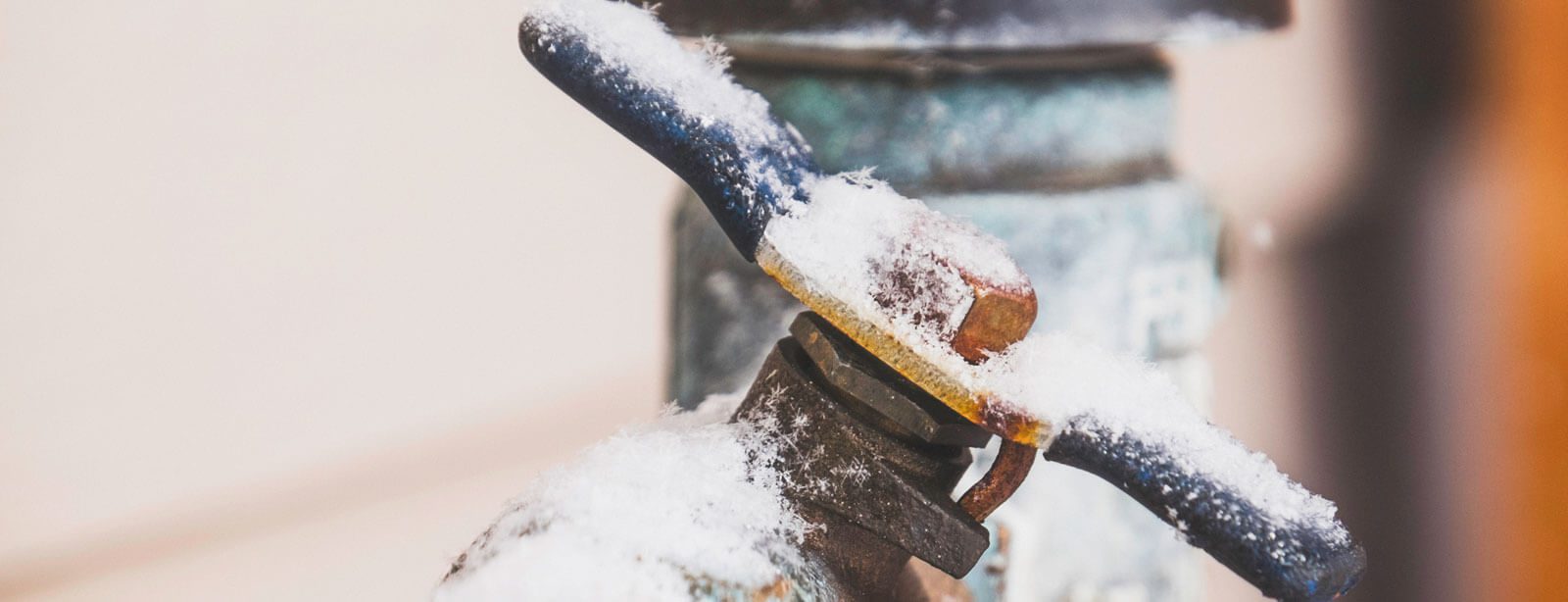Essential Tips to Avoid Frozen Plumbing in Cold Weather
Essential Tips to Avoid Frozen Plumbing in Cold Weather
Blog Article
What're your opinions on How To Avoid Freezing Pipes?

Cold weather can wreak havoc on your pipes, particularly by freezing pipelines. Below's exactly how to stop it from taking place and what to do if it does.
Introduction
As temperatures decline, the danger of frozen pipelines increases, potentially leading to expensive repair work and water damage. Understanding exactly how to stop icy pipelines is vital for home owners in cool climates.
Prevention Tips
Shielding prone pipes
Wrap pipelines in insulation sleeves or use warmth tape to safeguard them from freezing temperature levels. Concentrate on pipelines in unheated or exterior locations of the home.
Heating methods
Maintain interior rooms adequately heated up, especially areas with pipes. Open cabinet doors to enable warm air to distribute around pipelines under sinks.
How to recognize icy pipelines
Try to find lowered water flow from taps, unusual smells or noises from pipes, and noticeable frost on subjected pipelines.
Long-Term Solutions
Structural changes
Consider rerouting pipes away from exterior wall surfaces or unheated areas. Add additional insulation to attics, cellars, and crawl spaces.
Updating insulation
Purchase top quality insulation for pipes, attics, and wall surfaces. Appropriate insulation aids maintain consistent temperatures and lowers the threat of icy pipelines.
Securing Outside Plumbing
Yard tubes and outdoor faucets
Disconnect and drain pipes yard hose pipes before winter. Set up frost-proof spigots or cover outdoor faucets with protected caps.
Understanding Icy Pipes
What triggers pipes to freeze?
Pipes ice up when exposed to temperatures below 32 ° F (0 ° C) for prolonged periods. As water inside the pipelines ices up, it increases, taxing the pipe walls and possibly causing them to rupture.
Dangers and problems
Frozen pipelines can bring about water supply disturbances, building damage, and expensive fixings. Ruptured pipelines can flooding homes and cause extensive architectural damages.
Indicators of Frozen Water Lines
Recognizing icy pipelines early can stop them from breaking.
What to Do If Your Pipelines Freeze
Immediate actions to take
If you suspect icy pipelines, keep taps available to relieve pressure as the ice melts. Utilize a hairdryer or towels taken in warm water to thaw pipes slowly.
Final thought
Preventing frozen pipes needs aggressive actions and quick feedbacks. By recognizing the causes, indications, and safety nets, property owners can protect their pipes during winter.
5 Ways to Prevent Frozen Pipes
Drain Outdoor Faucets and Disconnect Hoses
First, close the shut-off valve that controls the flow of water in the pipe to your outdoor faucet. Then, head outside to disconnect and drain your hose and open the outdoor faucet to allow the water to completely drain out of the line. Turn off the faucet when done. Finally, head back to the shut-off valve and drain the remaining water inside the pipe into a bucket or container. Additionally, if you have a home irrigation system, you should consider hiring an expert to clear the system of water each year.
Insulate Pipes
One of the best and most cost-effective methods for preventing frozen water pipes is to wrap your pipes with insulation. This is especially important for areas in your home that aren’t exposed to heat, such as an attic. We suggest using foam sleeves, which can typically be found at your local hardware store.
Keep Heat Running at 65
Your pipes are located inside your walls, and the temperature there is much colder than the rest of the house. To prevent your pipes from freezing, The Insurance Information Institute suggests that you keep your home heated to at least 65 degrees, even when traveling. You may want to invest in smart devices that can keep an eye on the temperature in your home while you’re away.
Leave Water Dripping
Moving water — even a small trickle — can prevent ice from forming inside your pipes. When freezing temps are imminent, start a drip of water from all faucets that serve exposed pipes. Leaving a few faucets running will also help relieve pressure inside the pipes and help prevent a rupture if the water inside freezes.
Open Cupboard Doors
Warm your kitchen and bathroom pipes by opening cupboards and vanities. You should also leave your interior doors ajar to help warm air circulate evenly throughout your home.
.jpg)
We had been guided to that editorial on Preventing and dealing with frozen pipes through an associate on another website. Sharing is good. Helping others is fun. Many thanks for your time. Please stop by our site back soon.
Schedule Service Now Report this page